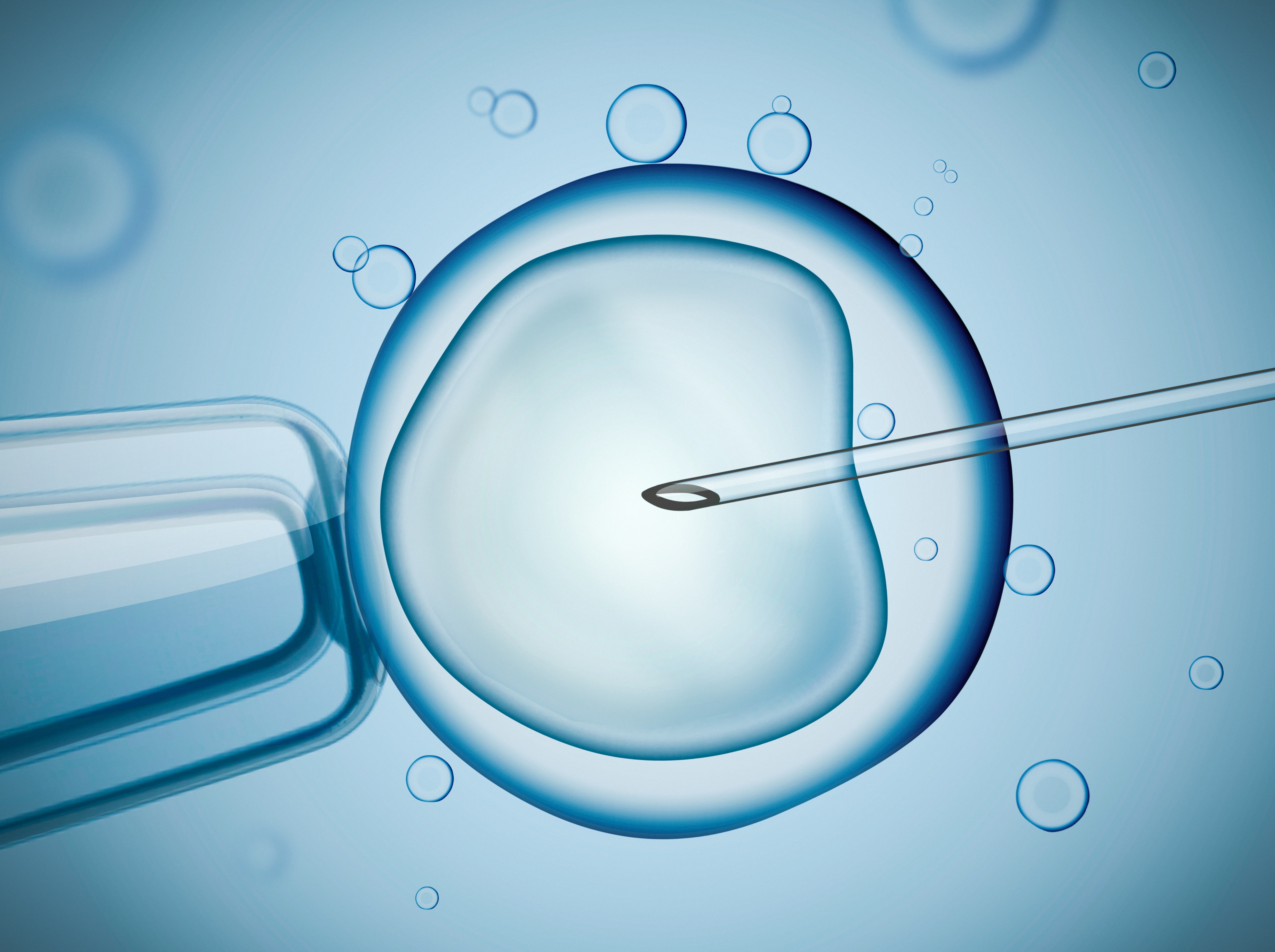Media release
From:
New data reveals IVF success rates according to age and number of cycles
Most people don’t have a baby after one IVF cycle, new data shows, but the younger you are when you start, the higher your chance of success.
There are many ways to measure IVF success rates, but they are not often presented by age and according to how many cycles somebody can afford to pay for.
New data commissioned by the Victorian Assisted Reproductive Treatment Authority paints a more complete picture of a woman’s chance of having a baby using IVF over time. It is the latest data on IVF success rates available in Australia.
The data, produced by the University of New South Wales for VARTA, tracked thousands of women who started IVF in Victoria in 2016 to see what happened to them by June 30, 2020. They recorded the proportion of women who had a baby after one, two or three stimulated IVF cycles, including all fresh and frozen embryo transfer attempts associated with these complete cycles.
It showed that women who started IVF under the age of 30 had a 43 per cent chance of a baby after one stimulated cycle, a 59 per cent chance after two cycles and a 66 per cent chance after three cycles.
For a woman who started IVF at 35, there was a 40 per cent chance of a baby after one stimulated cycle, a 54 per cent chance after two cycles and a 61 per cent chance after three cycles.
For a woman who started at 40, there was a 13 per cent chance of a baby after one stimulated cycle, a 21 per cent chance after two cycles and a 25 per cent chance after three cycles. (See graph and table below for more data).
Each stimulated cycle involves injecting hormones every day for about two weeks to produce more eggs than usual, a surgical egg collection procedure, and a scientist attempting to fertilise eggs with sperm in the lab. This sometimes produces more than one embryo and they can be frozen and transferred later if the first embryo transfer is unsuccessful.
One basic stimulated IVF cycle costs up to $5,000 in out-of-pocket costs. This figure can rise depending on private health insurance coverage, a doctors’ consultation fees and use of additional treatments and ‘add-ons’. VARTA CEO Anna MacLeod said while the goal for everyone who starts IVF is to have a baby, preferably on the first attempt, this research provides people with a realistic expectation of what is possible and how long it might take.
“Knowing that most people need more than one stimulated cycle for a reasonable chance of success and that IVF births are less common the older you get is helpful for planning,” she said.
The data has been released during ‘Fertility Week’ to help young Australians in their 20s and 30s understand that having a baby is not always easy. The week-long campaign features Australians talking about the challenges they’ve faced in their quest to have a baby, including women who have chosen to have a baby on their own, same sex couples, and people with a range of health conditions.
Dr Karin Hammarberg, a senior research officer at VARTA and Your Fertility, said the data shows IVF should not be viewed as an insurance policy and that people wanting a baby should try as early as they can.
“If you want to have a child in future, learn more about your fertility and factors that can affect it, so you can plan ahead. There are a lot of things you can do now to improve your chance of a healthy pregnancy and baby in future,” she said.
Dr Hammarberg said it was important to note that the data produces averages only, and while age is a key factor in a woman’s chance of success with IVF, other factors contribute as well. Also, if a woman in her late 30s or 40s uses eggs donated by a younger woman, she has the same chance as a woman the age of the donor.
It is also possible that some women in this study fell pregnant naturally and had a baby. These births are not counted in this dataset because they were not due to IVF. You can read about this data in VARTA’s 2020-21 Annual Report. See a graph and table of the birth rates below.
The Victorian Assisted Reproductive Treatment Authority regulates fertility treatment providers in Victoria. Your Fertility is a federal government funded health promotion campaign that educates Australians about factors that affect fertility.



 Australia; VIC
Australia; VIC


